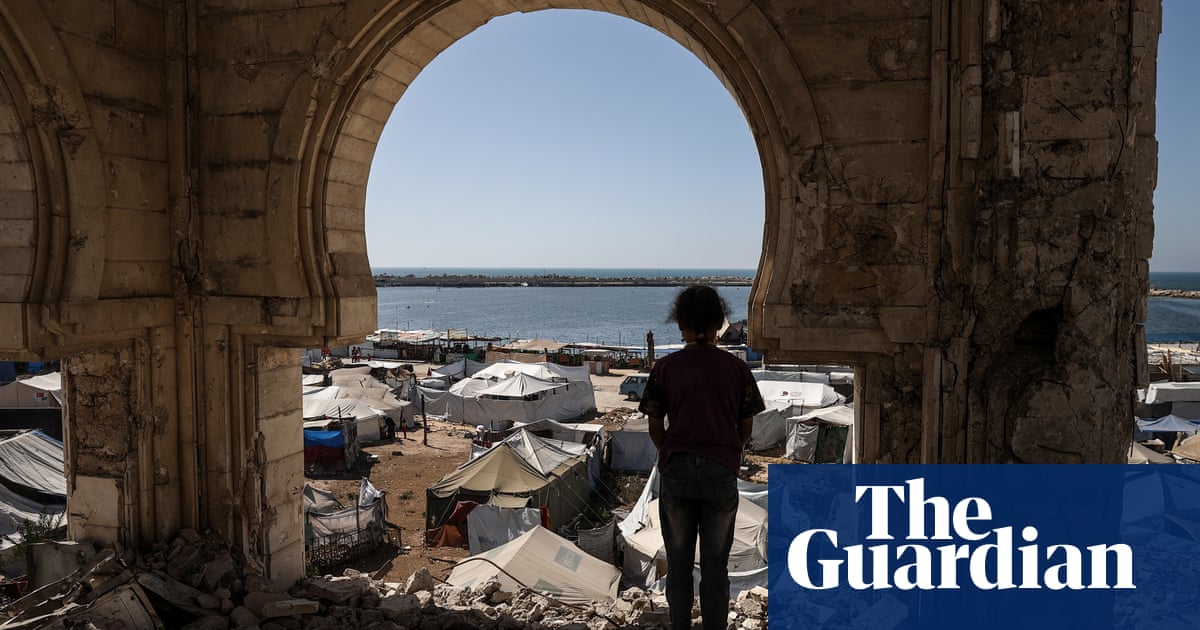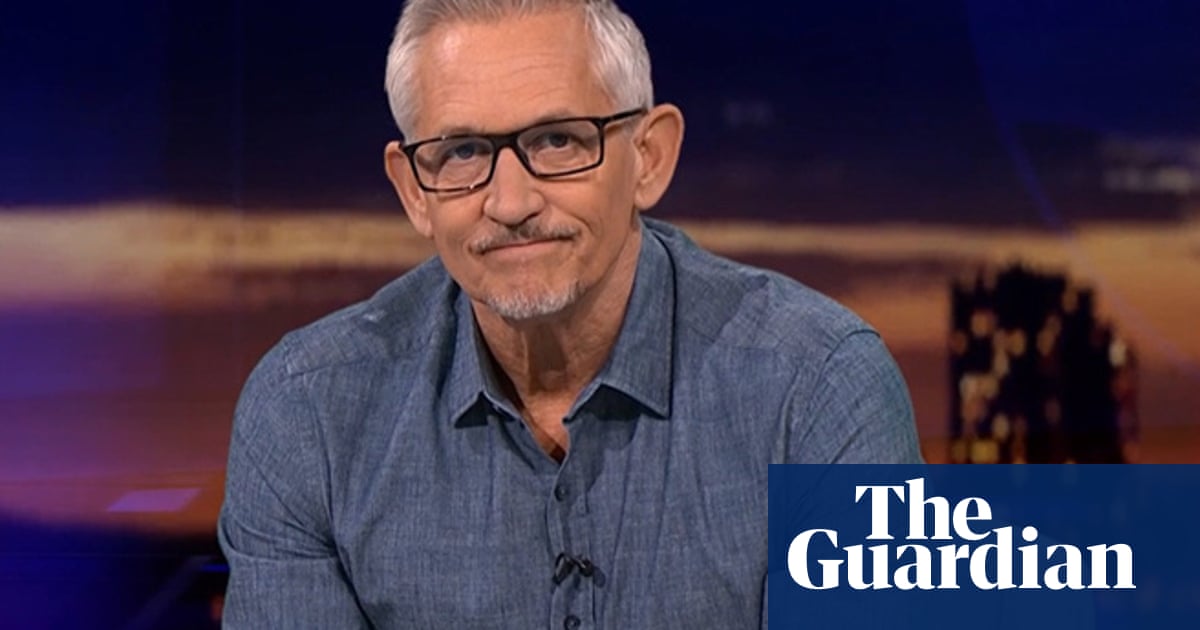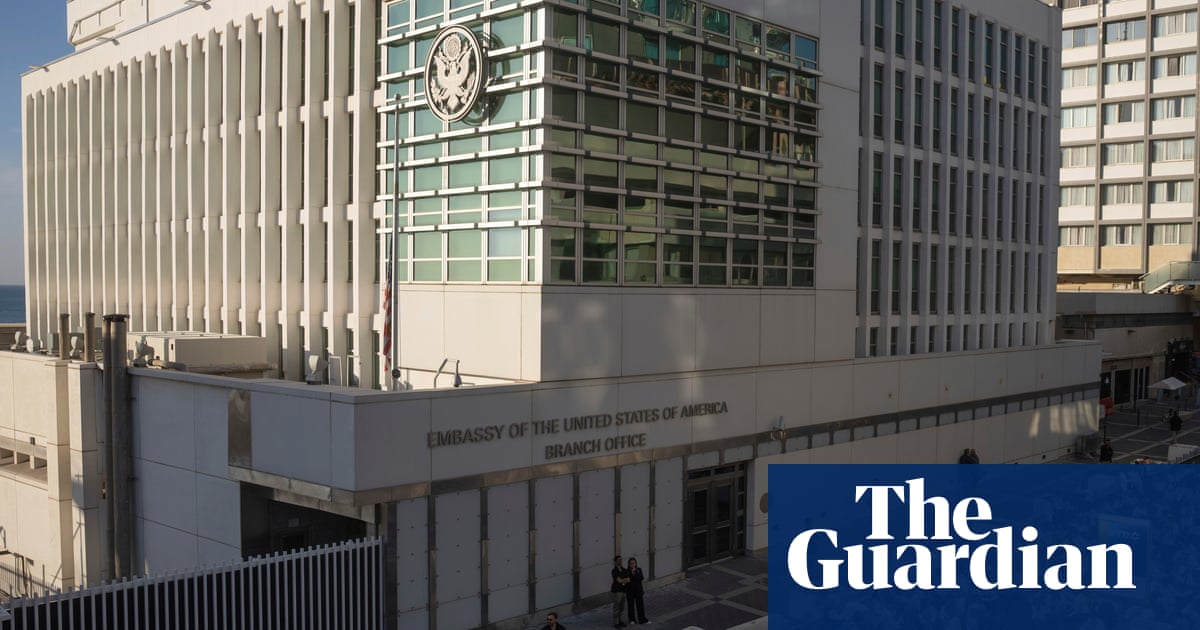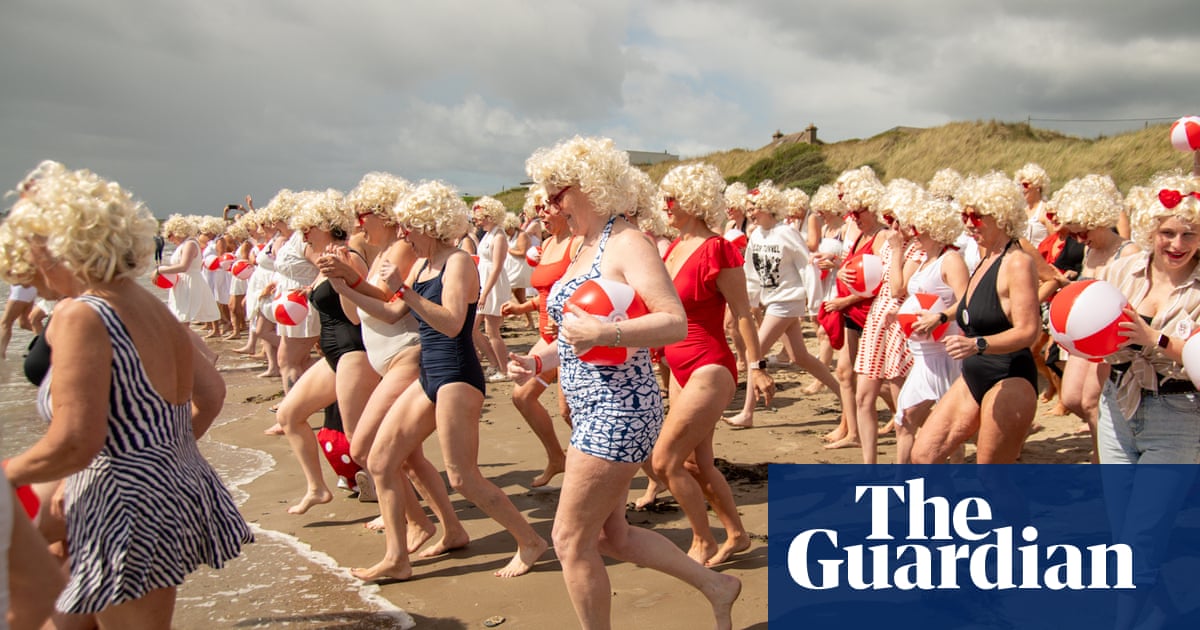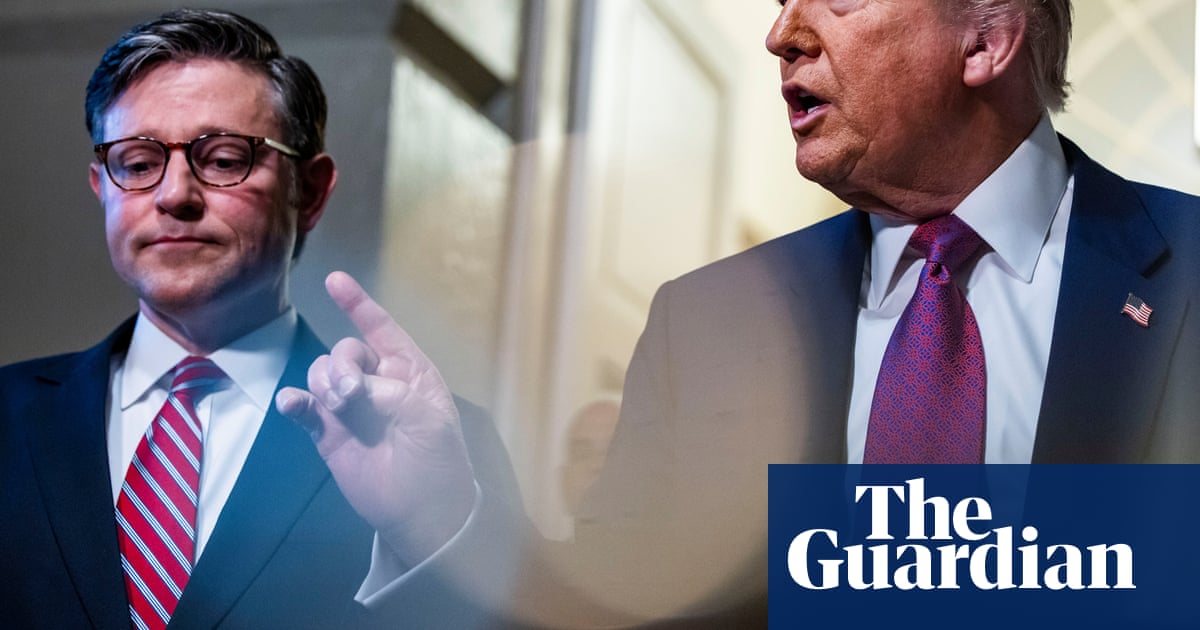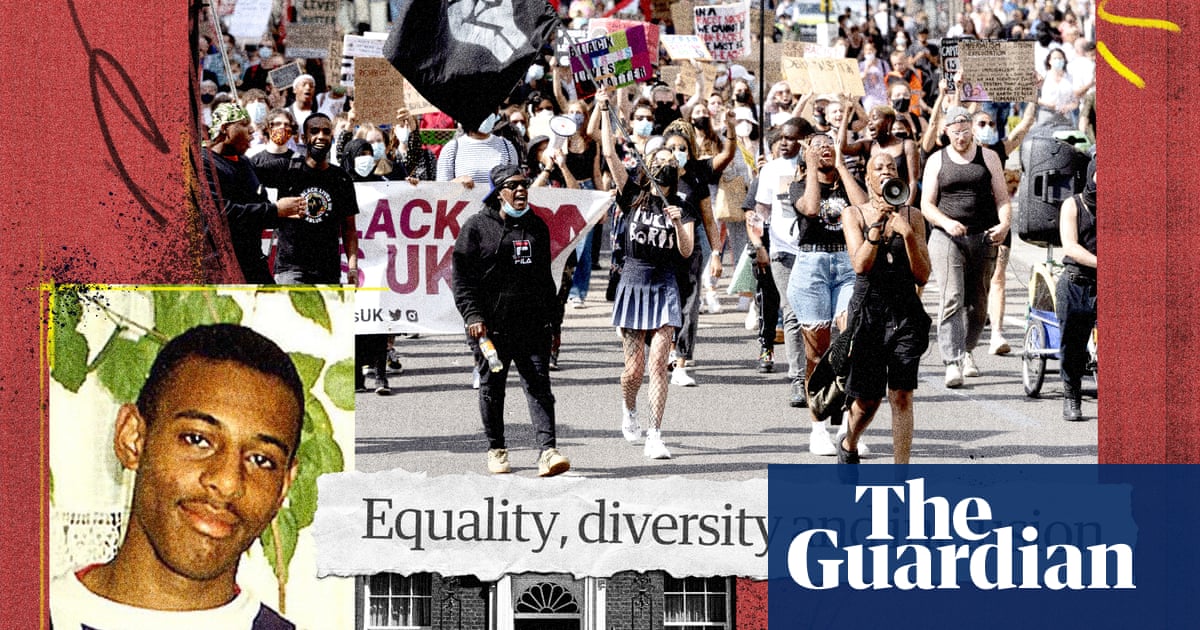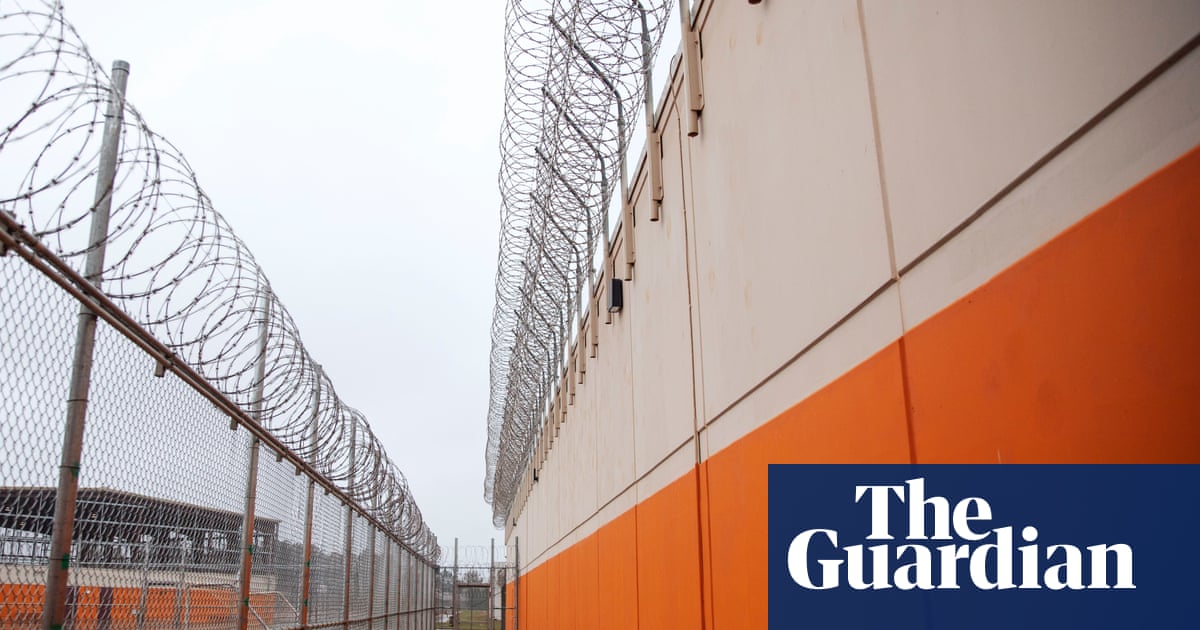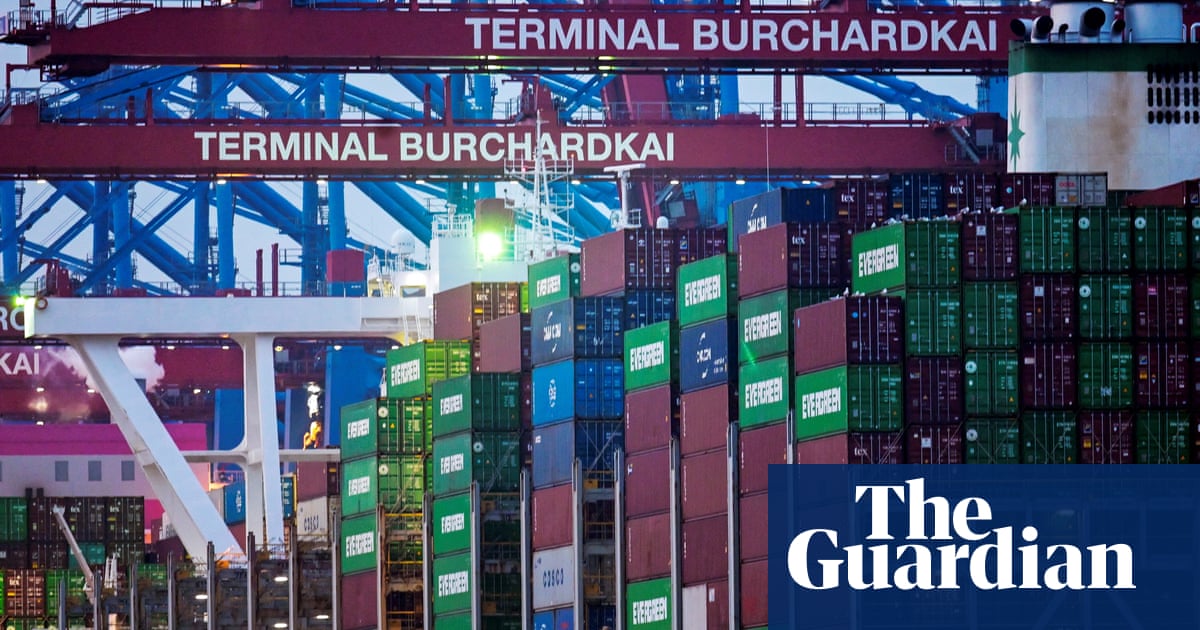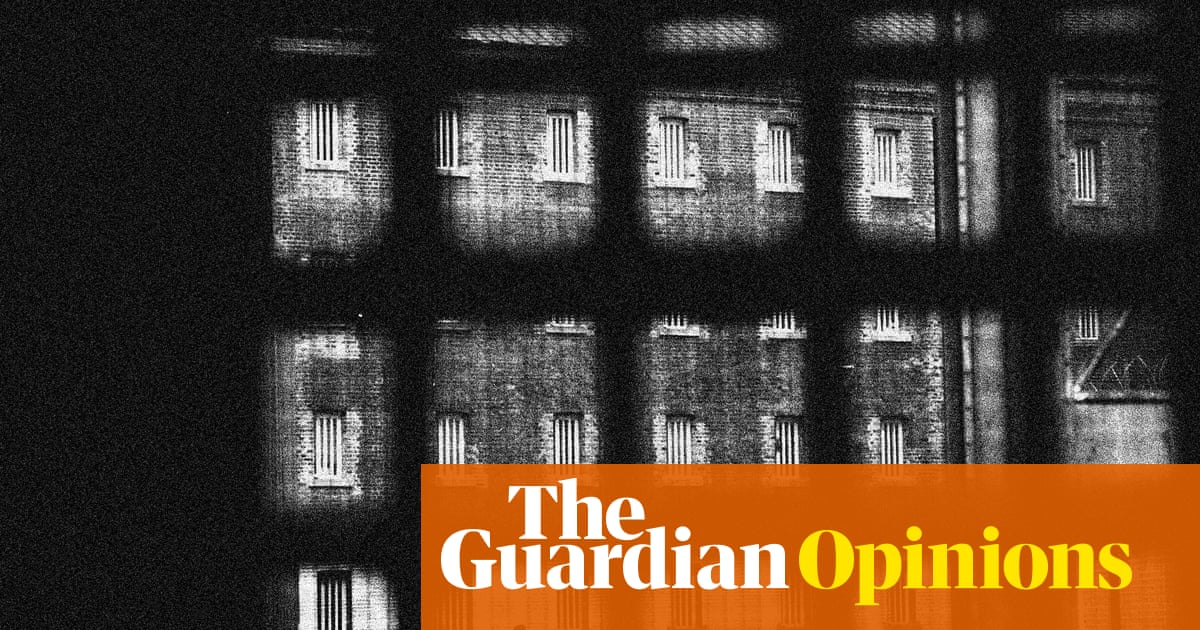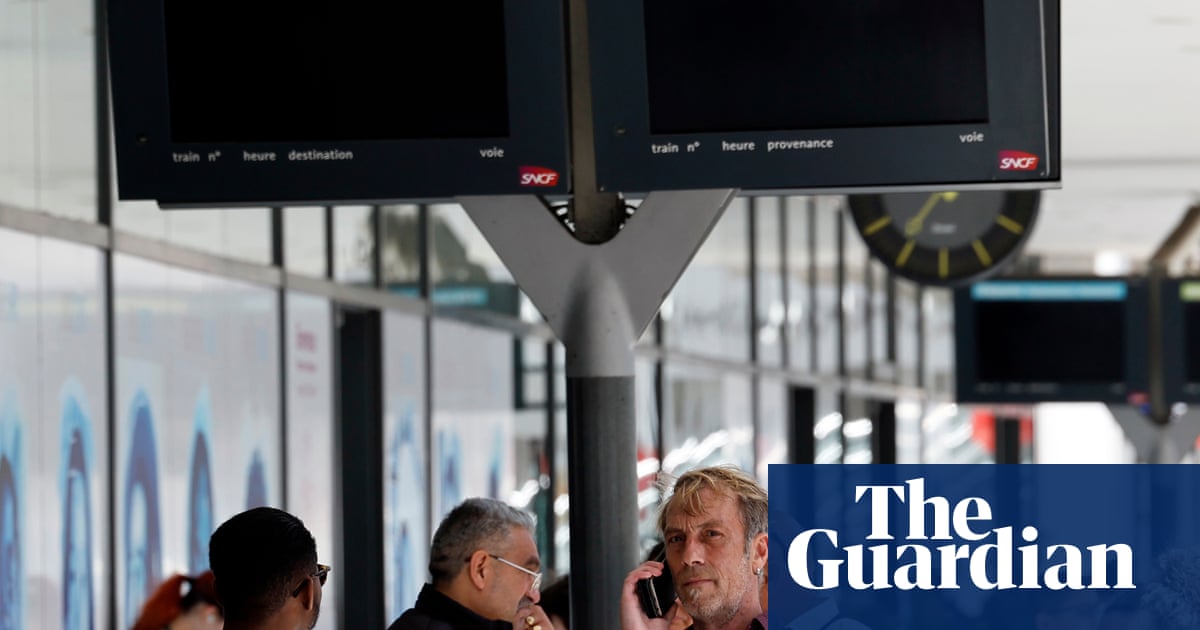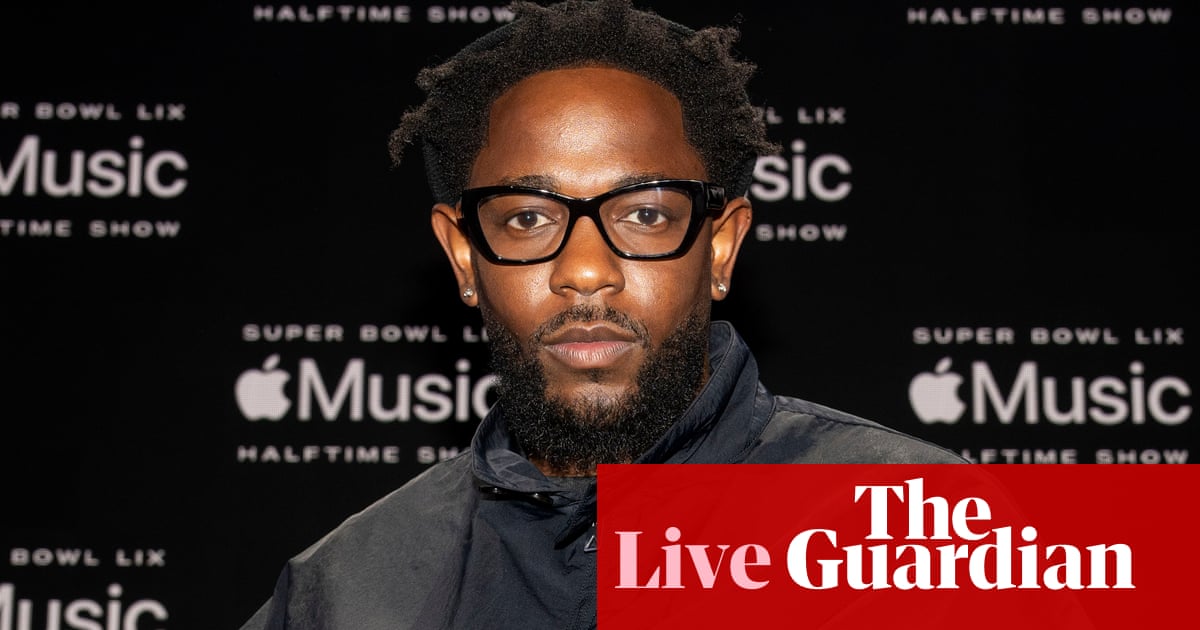New Zealand’s minister for resources, Shane Jones, said he will not be guilt-tripped by “apocalyptic images” of mining and its effects on the environment put forward by his critics, as he embarks on a major mining push.
Jones, a member of the minor populist coalition party New Zealand First, wants to double mineral exports to $3bn over the next decade, to boost economic growth and minimise the country’s reliance on imported resources, even if it results in environmental trade-offs.
“People just conjure up these apocalyptic images because they don’t want this type of activity in New Zealand, because it flies in the face of an alternative vision.
“I like to say to those people, you’ve met your match in me, because you’re not going to guilt trip me,” Jones told the Guardian.
“Those people who have sought to deify our wilderness … those days are over. We are not going to sit around and read poetry to rare lizards, whilst our current account deficit goes down the gurgler,” Jones said.
The government’s mining plan represents jobs and economic stability to some but has been met with strong opposition from others, who believe it will endanger New Zealand’s unique environment and species. Due to its isolation, New Zealand has high rates of endemic biodiversity, however some species are in worrying decline, with a high proportion threatened, or at risk of extinction.
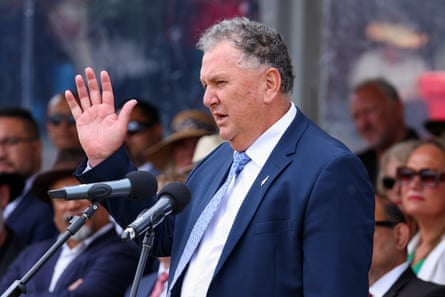
The mining strategy includes adding coal and gold to the “critical minerals list” – a selection of minerals considered essential to New Zealand’s economy, national security or technological needs. Eleven mining proposals to dig up coal, gold and mineral sands are being considered under the new fast-track process – a controversial “one-stop shop” consenting regime for infrastructure and mining projects deemed nationally significant. The government says the process will include a description of the project’s impacts on the environment, which the decision-making panel must consider.
But the scheme passed into law in 2024 amid anger it bypasses environmental regulations, shuts out public consultation and throws a lifeline to so-called ‘zombie’ projects that have been rejected in the courts and languishing for years, including a proposal to mine iron sands off Taranaki’s seabed rejected by the supreme court.
Other controversial projects include a goldmine near the Coromandel under conservation land, which is home to the rare Archey’s frog, and two mines on the South Island’s West Coast: a goldmine critics fear will threaten rare birds, and a coalmine on ecologically significant land.
The fast-track legislation prompted thousands to march in protest in 2024 and nearly 30,000 public submissions on the bill. This year, targeted protests have been springing up around some of the proposed mining sites.
Nicola Toki, the chief executive of Forest & Bird, the country’s largest conservation organisation says the government has “declared a war on nature” and adds the mining push does not square with the way New Zealand sees itself.
“When governments push on the things that define us, the New Zealand public does push back,” Toki says.
But Jones told the Guardian his opponents’ distrust of miners and fears for the environment are misplaced and regulation should not be so disproportionate that companies abort their project. The minister claimed the “secular state has become victim to religiosity” over the environment.
“People no longer go to church, but they treat snails and other critters in a way that historically would [not] have enjoyed religious veneration,” Jones tells the Guardian. “I’m not going to agree with that.”
The country could no longer afford to maintain “that level of naivety in the face of major geopolitical changes”, he said, adding that it made no sense to import coal, when it could be produced in New Zealand.
“It generates GST, it generates pay, it generates jobs, it generates corporate tax, but more importantly, it deepens the well of human capital,” Jones said. Further, the minister said he will campaign to “overcome the regulations obstructing mining activity on [conservation land]” ahead of the 2026 election.
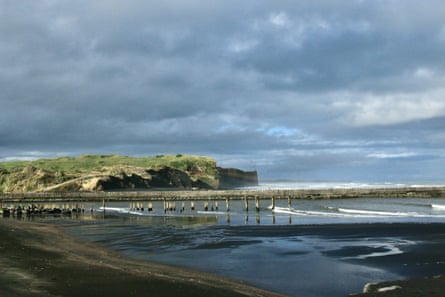
Glenn Banks, a professor in geography at Massey University, is less optimistic about the financial gains to be made from mining in New Zealand, saying volatility in the industry makes it hard to regulate – and rely on – foreign investment.
“You get a lot of cowboys jump in on the boom and then walk away when prices aren’t good.”
The inclusion of coal and gold on the critical minerals list is also “out of step with international definitions” Banks said. Critical minerals overseas are largely those considered to be instrumental for the development of renewable energy. Neither coal or gold fit that bill, he said.
Labour’s spokesperson for resources, Megan Woods, said public scrutiny and careful assessment of environmental risks are essential to gaining the social licence for mining, but this government was “throwing those out” with the fast-track process.
“I think that is to the detriment of New Zealand.”

 3 hours ago
5
3 hours ago
5
